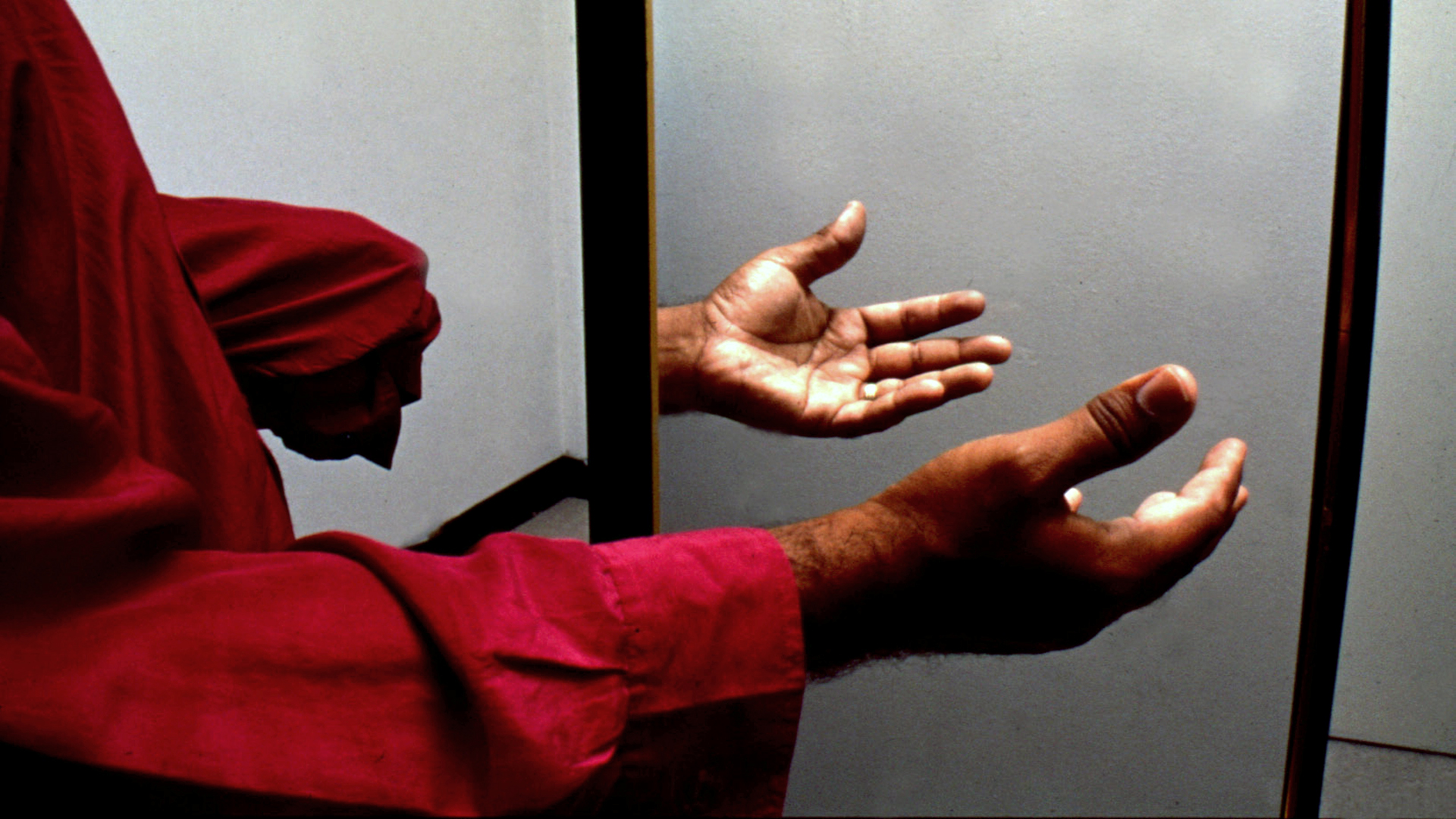
31 Oct Restless Legs Syndrome in Amputees
This article explores the phenomenon of Restless Legs Syndrome (RLS) in individuals who have undergone limb amputation, drawing parallels between this condition and the well-documented “phantom limb” sensation. RLS is characterized by an uncontrollable urge to move the legs, often accompanied by unpleasant sensations, which typically worsen during rest, particularly in the evening or night. The study examines how RLS symptoms manifest in amputees, presenting a unique challenge in understanding how sensory perceptions are altered after the loss of a limb.
The article begins by reviewing the clinical and neurological underpinnings of RLS, which is generally thought to be associated with abnormalities in dopamine signalling within the brain. In non-amputee populations, the condition can significantly affect quality of life, leading to sleep disturbances, fatigue, and emotional distress. However, the experience of RLS in amputees adds a layer of complexity, as the sensation of “restlessness” or discomfort occurs in the area of the missing limb, even though the limb itself is no longer physically present. This highlights the intricate relationship between the brain’s sensory and motor pathways and how they continue to affect individuals’ post-amputation.
The authors highlight the difficulties in diagnosing RLS in amputees, as the symptoms are often misattributed to phantom limb pain or psychological factors, making treatment challenging. The overlap between these conditions—phantom sensations and RLS—requires a nuanced approach for managing both simultaneously. The article emphasizes the importance of raising awareness among healthcare providers, so they can better identify and treat RLS in amputee patients.
In conclusion, the study sheds light on the complex interaction between neurological pathways and the perception of the body post-amputation, providing valuable insight into how disorders like RLS can affect amputees in ways that are not immediately obvious. This knowledge could lead to more effective treatment strategies, improving the quality of life for those experiencing both phantom limb pain and restless legs syndrome.
Source: Giummarra, M. J., & Bradshaw, J. L. (2010). The phantom of the night: restless legs syndrome in amputees. Medical hypotheses, 74(6), 968–972. https://doi.org/10.1016/j.mehy.2009.12.009

